The history of bidet spans three centuries—from an 18th‑century French luxury basin to today’s high‑tech washlets. This guide traces its origins, cultural journey, technological leaps, and modern resurgence driven by hygiene, sustainability, and social media.
Hstory of bidet: Key takeaways
-
Origin: Early 1700s France; aristocratic hygiene basin (“little horse” etymology).
-
Shift: 19th‑century indoor plumbing moved bidets from bedrooms to bathrooms.
-
Tech boom: 1960s saw the first bidet toilet seat; post‑WWII Japan led with electronic features.
-
Adoption: Mainstream in Japan and parts of Europe; rising in North America after 2020.
-
Today: Health, eco, and comfort benefits drive global growth.
Quick timeline bullets
-
1700s: French aristocracy adopts standalone basins.
-
1800s: Indoor plumbing spreads; bedroom to bathroom shift.
-
1960s: Space‑saving bidet toilet seat invented in the U.S.
-
1970s–1990s: Japan advances electronic features.
-
2010s–2020s: Global growth, higher awareness, smart seats.
A quick timeline—history of bidet at a glance
-
18th century: Standalone basins in French bedrooms; manually filled; used by elites and the nobility.
-
19th century: Indoor plumbing reshapes bathrooms; porcelain bowls and wooden stands; mainland European adoption grows; Anglo‑American markets resist.
-
1960s: A compact “bidet toilet seat” is created in the U.S., allowing use on existing toilets.
-
1970s–present: Japan transforms the category with heated seats, sprays, air dryers, and controls.
-
2010s–2020s: Global growth, pandemic‑driven interest, smart features become common.
Origins and etymology (France, early 18th century)
If you could walk into a French aristocrat’s bedroom around 1710, you might find a curious, elegant basin beside the chamber pot. That basin was the first recognizable bidet. It was a small, standalone basin with a gentle curve, made to be straddled. The French word “bidet” means “little horse,” a playful nod to the straddling posture, as if riding a pony.
This early phase matters because it reveals the original purpose: refined personal hygiene at a time when full-body baths were rare. Early bidets were filled with warm water by hand and were treated like fine furniture. In the homes of the wealthy, they symbolized cleanliness, etiquette, and status. The origins of the bidet are tied to elite habits, but the idea—a quick, targeted rinse—was simple and clever. It was about comfort and hygiene, not just luxury.
Bidet pronunciation is straightforward: “bee-DAY.” You’ll hear variations, but this version is common in English. As the object traveled, so did the name. In many European countries, the term stayed the same, while in parts of Asia and the Middle East, people adopted local words and water tools to achieve the same hygienic goal.
Plumbing changes everything (19th century spread)
The 1800s brought the quiet revolution: indoor plumbing. This single change reshaped homes, and with it, the history of bidet. According to Encyclopaedia Britannica, “virtually no progress was made from the time of the Romans until the 19th century,” underscoring that the plumbing advancements of that era were pivotal. The bidet moved from the bedroom to the bathroom, paired with new fixtures like the modern toilet and the sink. Porcelain replaced wood and metal in many cases, making surfaces smoother, cleaner, and easier to maintain. The standalone “French toilet bidet” settled into the bathroom as a standard fixture in many European homes.
Yet adoption was uneven. In mainland Europe—especially Italy, France, Spain, and Portugal—bidets became part of normal life. In Britain and the United States, cultural hang‑ups slowed the spread. Victorian modesty, bathroom layouts, and the growing comfort with dry toilet paper all played a role. English‑speaking markets saw the bidet as foreign or unnecessary, and many bathrooms did not leave space for a second fixture. The idea was practical, but the layout and social norms were not ready.
Invention of the bidet seat and modern milestones (mid‑20th century)
By the mid‑20th century, one idea broke the space barrier: a seat that fit on the existing toilet. In the 1960s, a U.S. inventor created a bidet toilet seat that replaced the standard toilet seat and added a water spray. This was a turning point. No extra floor space. No second fixture. You could add it to the toilet you had. The evolution of bidet toilets accelerated because the seat-style product solved two problems at once: space and cost.
After World War II, Japan advanced the concept again with electronic controls, adjustable water pressure, temperature settings, warmed seats, air drying, and self‑cleaning nozzles. These features turned the once humble basin into a high‑tech bathroom appliance. The culture embraced it, and many new homes, public places, and hotels made electronic seats standard. A new norm formed: water‑based cleaning for daily use, with comfort and hygiene in the same package.
This period also widened the user base. People with limited mobility, seniors, postpartum users, and those managing hemorrhoids or skin irritation found water gentler than paper. The bidet seat made bathroom hygiene more accessible.

The bidet goes global—adoption and culture
The bidet’s spread is a story of culture as much as technology. Some regions accepted water cleansing long before modern fixtures. In parts of the Middle East and South Asia, washing with water after toilet use is normal and tied to faith and cleanliness. In other places, the stand‑alone European bidet took root thanks to norms about grooming and personal hygiene.
-
Europe: Southern Europe is a stronghold. Italy, Spain, Portugal, and parts of France have long used standalone bidets. In many homes and hotels, you still find a porcelain basin next to the toilet. Northern Europe is more mixed, with space, design, and habit affecting adoption.
-
Asia: Japan and South Korea have very high use of electronic bidet seats. Many homes, offices, and public restrooms offer warm water, heated seats, and drying functions. In other parts of Asia, handheld sprayers (sometimes called “bidet showers”) are common.
-
Middle East: Water cleansing is part of daily practice. A handheld sprayer or a small water pot is standard in many homes, bathrooms, and mosques.
-
The Americas and UK: For decades, use stayed low. Bathrooms were small, the culture favored dry paper, and building norms did not include a second fixture. But that is changing. Many households now install attachments or seats during remodels, and curiosity is high.
Which country uses bidets the most? It depends on what you measure. If you mean electronic bidet seats, Japan and South Korea are near the top. If you mean standalone fixtures, Italy and Argentina are often cited as very common. If you include handheld sprayers and other water tools, much of the Middle East and parts of South and Southeast Asia would rank high. The short answer: different regions lead in different formats.
What about Argentina? The “Argentinian bidet” is famous in travel talk because many hotels and homes include a standalone bidet. It reflects European influence (especially Italian and Spanish) in home design. Travelers often notice it on first visits and ask how to use it.
Why do Muslims only use bidets? Many Muslims practice cleansing with water after toilet use as part of religious purity rules. This practice is known by different names in different languages and focuses on washing the area with water. It does not require a specific device. People may use a small water pot, a handheld sprayer, or a built‑in bidet or seat. So it’s not that Muslims only use bidets; rather, many prefer water for hygiene, and a bidet, sprayer, or similar tool makes that easy.
Is a bidet French or Japanese? Both answers are true in their own way. The bidet originated in France as a basin in the early 18th century. The modern, electronic seat that many people picture today reached mainstream success in Japan. The European bidet toilet and the high‑tech Japanese seat share the same goal: gentle cleaning with water.

How to use a bidet (and the classic French basin)
What is the best way to use a bidet? It depends on the type you have. Here are simple steps.
Using an electronic or non‑electric bidet seat (on the toilet)
-
Sit normally on the toilet seat after using the toilet.
-
Start the spray. Begin with low water pressure; adjust as needed.
-
Adjust nozzle position and water temperature (if available).
-
Spray for 15–30 seconds, or until clean.
-
Use the air dryer if present, or pat dry with a small amount of toilet paper.
-
Press stop. The nozzle will retract and self‑clean if the model supports it.
Using a classic French bidet toilet (standalone basin)
-
Finish using the toilet, then straddle the bidet facing the controls (some face away; choose what feels stable).
-
Turn on the water at low flow. Check temperature with your hand first.
-
Sit or hover so water reaches the right area. Use your hand to guide water if needed.
-
Clean gently. A small amount of mild soap is optional; rinse well.
-
Turn off water, stand up carefully, and pat dry with a towel or paper.
-
Rinse the basin quickly for the next user.
Do the French use a bidet today? Many older homes and hotels still have them, and many people in France grew up with them. In newer, smaller apartments, standalone fixtures may give way to shower use or to seat attachments. The cultural familiarity remains, even if the format shifts.
Technology evolution—features, formats, and eco impact
Today’s bidet technology looks simple on the outside but packs many smart features inside. The goal is the same as in the 1700s—clean with water—yet the experience is smoother and more comfortable.
Formats you’ll see:
-
Standalone bidets: A separate porcelain basin next to the toilet. Common in southern Europe and parts of Latin America.
-
Bidet attachments: Slim, non‑electric devices that mount under existing toilet seats and use water pressure from the home supply.
-
Bidet toilet seats (electronic or non‑electric): Replace the existing toilet seat and add a retractable nozzle. Electronic models offer heat, drying, and controls. Non‑electric seats use home water pressure and ambient temperature.
-
Integrated smart toilets: The bowl and bidet technology in one unit, often with advanced controls and self‑cleaning.
Common features:
-
Adjustable water pressure and temperature
-
Position control for the nozzle
-
Pulsing and oscillating spray patterns
-
Heated seats
-
Air dryers
-
Deodorizing filters
-
Night lights
-
Self‑cleaning nozzles and pre‑mist options

Eco impact in simple terms:
-
Many bidet users report using less toilet paper. That can ease strain on plumbing, reduce clogs, and lower paper waste.
-
Electronic models do use electricity and some water. Attachments and non‑electric seats use only water pressure.
-
The net environmental effect depends on your local energy mix, how much paper you cut, and how you use the device. In general, replacing a portion of paper with water can lower paper waste and may reduce irritation from wiping.
Data, social proof, and market trends (2010s–2020s)
The 2010s saw steady growth in electronic seats and simple attachments worldwide. Online tutorials, social media reviews, and travel photos made the bidet feel less exotic and more normal. In the early 2020s, interest rose sharply as more people focused on cleanliness, comfort, and bathroom upgrades at home.
-
In Japan, electronic seats are extremely common in homes, hotels, and public places. Many new builds include them by default.
-
In the U.S. and Canada, sales climbed fast after 2020. People tried attachments and seats, then shared their experiences online. Curiosity turned into habit.
-
In Europe, the standalone basin remains common in the south, while the north is slowly adding attachments and seats during remodels.
What changed? Easier installation, lower price for entry‑level models, and social proof. People watched a friend or a creator show the setup and thought, “I could do that.” Many users also reported fewer skin issues from wiping, especially if they had sensitive skin or hemorrhoids. For postpartum care, gentle rinsing often feels better than rubbing with paper.
Case studies and regional snapshots
Japan: Electronic seats are common across homes and public spaces. Many hotels and new homes include them as standard equipment, and visitors encounter them at airports and train stations. The culture values cleanliness, quiet tech, and comfort, so the bidet’s features fit right in. Electronic seats influenced bathroom design: outlets near toilets, water lines with filters, and controls that are easy to reach.
United States: The bidet seat and attachment trend grew after 2020, when many people upgraded bathrooms. Space‑saving models made it simple to add a water spray to an existing toilet. At first, many framed it as a “luxury,” but users often stayed for the comfort and the gentler clean. High‑end remodels now often include at least one bathroom with a seat.
Southern Europe and Argentina: Many homes have a standalone basin placed beside the toilet. If you grew up there, using bidets is normal. Visitors sometimes ask if it’s a foot bath or a place to wash delicate clothes. While you could soak laundry there, its real purpose is simple: personal hygiene with water.
Home and healthcare: People report real comfort gains when they move from rubbing to rinsing. That includes those with hemorrhoids, those with limited mobility, and postpartum users. In these cases, warm water can feel kinder than abrasive paper. Some clinicians mention gentle rinsing as part of care routines, while reminding patients to keep devices clean and use moderate water pressure.
Myths, misconceptions, and cultural narratives
Myth: Bidets are unsanitary.
-
Reality: A clean water spray on skin is not dirty. Modern devices use self‑cleaning nozzles and keep the nozzle tucked away when not in use. Like any bathroom fixture, they should be cleaned regularly.
Myth: Bidets waste water.
-
Reality: Bidets use water, but many users cut toilet paper use. The trade‑off can be positive for both plumbing and comfort. Non‑electric attachments use only water pressure; electronic seats add power for warming and drying.
Myth: Bidets are only for the wealthy.
-
Reality: Attachments can be inexpensive and easy to install on an existing toilet. Entry‑level seats cost less than many other home appliances.
Cultural narrative: “American soldiers saw bidets in European brothels, so they spread a stigma.”
-
You might hear this story linked to World War II. Whether or not that’s the main cause, it’s fair to say that English‑speaking markets tied bidets to taboos for a long time. Space, plumbing norms, and the comfort with toilet paper also mattered. Today, the stigma is fading. People try a modern seat or visit a country where bidets are standard and come away thinking, “Why didn’t I try this sooner?”
Featured snippet targets (quick answers)
One‑line definition
-
The bidet originated in early‑18th‑century France as a straddled basin for intimate cleansing, later evolving into today’s electronic toilet seats.
Quick timeline bullets
-
1700s: French aristocracy uses standalone basins.
-
1800s: Indoor plumbing; bathroom integration.
-
1960s: Seat‑style bidet invented; space‑saving.
-
Late 20th c.: Japan adds electronic features.
-
2010s–2020s: Global growth, smart seats.
How to cite and verify the history
When you build a bidet history timeline or a project page, use museum collections, reputable encyclopedias, and government or academic sources. Add captions to images that include dates, makers, and locations. For modern adoption stats, look for government surveys, industry associations, and credible research summaries. For health questions, look for government health sites, peer‑reviewed studies, and national health services.
Conclusion—what the history of bidet tells us today
From a furniture‑style basin in 18th‑century France to an electronic seat found across Asia and beyond, the history of bidet reflects changes in plumbing, culture, and health priorities. The idea never changed: clean skin with water. What changed was access. Indoor plumbing moved the bidet into bathrooms. A seat invention put it onto the toilet you already own. Electronics made it adjustable, warm, and simple for anyone to use.
Today, people choose bidets for hygiene, comfort, and sustainability. Some come for the tech and stay for the clean. Some try it for health reasons and never go back. And many, after a trip abroad or a friendly demo, wonder why it took so long to reach their bathroom at home.

Quick quiz: How much do you know about bidet history?
-
Which country saw the first bidet use in the early 1700s?
-
A) Japan
-
B) France
-
C) Italy
-
D) United States
-
What does the word “bidet” refer to?
-
A) Warm water
-
B) Little horse (straddling posture)
-
C) Clean basin
-
D) Bathroom stone
-
Which change helped move bidets from bedrooms to bathrooms in the 1800s?
-
A) Paper mills
-
B) Indoor plumbing
-
C) Electric power
-
D) Gas lighting
-
Which format saves space by fitting on an existing toilet?
-
A) Standalone porcelain basin
-
B) Bidet attachment or seat
-
C) Sitz bath
-
D) Foot washer
-
Which region is known for high adoption of electronic bidet seats?
-
A) Southern Europe
-
B) Middle East
-
C) Japan and South Korea
-
D) North America
Answer key: 1‑B, 2‑B, 3‑B, 4‑B, 5‑C
FAQs
1. Why do Muslims only use bidets?
It’s not that Muslims “only” use bidets, but many prefer to use water for cleaning after using the toilet. This practice is deeply rooted in religious and cultural practices of cleanliness. According to Islamic tradition, cleanliness is an important aspect of faith, and washing with water is seen as more hygienic than using toilet paper. Many Muslims use tools like handheld sprayers, small water pots, or a bidet for this purpose. While bidets as we know them today weren’t invented specifically for Muslim use, they fit into the tradition of water-based hygiene that has existed for centuries. The history of bidet shows how this practice spread and evolved over time, from simple basins to high-tech modern bidet seats. While Muslims may not use them exclusively, their widespread use in many Muslim-majority regions highlights their cultural significance.
2. Is a bidet French or Japanese?
The bidet has roots in France but has been greatly popularized by Japanese innovation. It was invented in the early 18th century in France, where it was a small basin used by the aristocracy for personal hygiene. The word "bidet" itself is French, meaning "little horse," which refers to the way it was straddled. Fast forward to the mid-20th century, and Japan took the bidet concept to a whole new level. The modern bidet toilet seat, with features like heated seats, adjustable water temperature, and air dryers, was perfected in Japan during the 1960s. Japanese high-tech bidet seats are now common around the world, transforming the humble bidet into a smart appliance in many households. So, while the bidet is originally French, Japan has played a crucial role in its modern bidet form.
3. When was bidet invented?
The bidet was invented in France in the early 1700s, though the exact bidet inventor is unclear. It began as a small, standalone basin designed for personal hygiene, especially for the wealthy French aristocracy. The word "bidet," which means "little horse" in French, refers to the way the user would straddle the basin, much like riding a pony. The bidet provided a hygienic alternative to full-body baths, which were not common at the time. Over the centuries, the modern bidet has evolved significantly. In the 1960s, the bidet inventor in the U.S. created a seat-style version that could fit on an existing toilet. Since then, high-tech bidets with adjustable temperatures, water pressure, and air dryers have been developed, transforming the humble bidet into a smart bathroom fixture.
4. What is the best way to use a bidet?
Using a bidet can vary depending on the type, but the general idea is to clean yourself with water for better hygiene. If you have a modern bidet seat, start by sitting on your toilet as usual. After using the toilet, simply activate the water spray (most seats have a control panel or remote). Adjust the pressure and temperature to your comfort, then let the nozzle clean you. Many high-tech bidet models come with additional features like air dryers, so you can skip the toilet paper entirely. For standalone French-style bidets, you’ll need to straddle the basin, test the water temperature, and gently wash with your hands or the stream of water. Regardless of the style, the goal of the bidet is the same: to offer a cleaner, more eco-friendly alternative to wiping with paper.
5. Do the French use a bidet?
Yes, many French people still use a bidet, though it’s not as common in modern apartments. The bidet has deep roots in France, dating back to the early 18th century when it was first invented. It was originally used as a standalone basin for intimate hygiene and became a symbol of sophistication and cleanliness among the French aristocracy. Today, modern bidet seats or attachments are becoming more common in French homes, especially in the south. However, in newer, smaller apartments, bidets have often been replaced by showers or high-tech bidet attachments due to space constraints. Despite the shift in bathroom design, the history of bidet in France remains a key part of the country’s cultural heritage, and older homes or hotels may still feature the classic porcelain basin.
6. How to use a French bidet toilet?
Using a French bidet toilet involves a few simple steps. After using the toilet, straddle the bidet, facing either toward or away from the controls, depending on the design. Before turning on the water, check the temperature with your hand to ensure it’s comfortable. Once ready, activate the water flow (start with a low pressure) and gently rinse the targeted area. Some people use their hands to help guide the stream of water. You can use a mild soap if preferred but rinse thoroughly afterward. After cleaning, pat yourself dry with a towel or toilet paper. High-tech bidets with air dryers can eliminate the need for paper altogether. While the traditional French bidet is still used in some regions, the modern bidet seat is becoming the more common option in many bathrooms.
7. Which country uses bidets the most?
Japan leads the world in bidet usage, especially when it comes to high-tech bidet toilet seats. These modern bidet seats have become standard in many Japanese homes, hotels, and public restrooms, with features like heated seats, adjustable water pressure, and air dryers. Other countries with high usage include Italy and Argentina, where bidet basins are still common in many bathrooms. In Italy, the bidet has been a part of bathroom design for centuries, while in Argentina, it reflects strong European influences. The trend is also growing in parts of the U.S. and Europe, particularly in response to increased awareness of hygiene and sustainability. As bidets become more popular in North America, it's clear that water-based cleaning is making a global comeback.

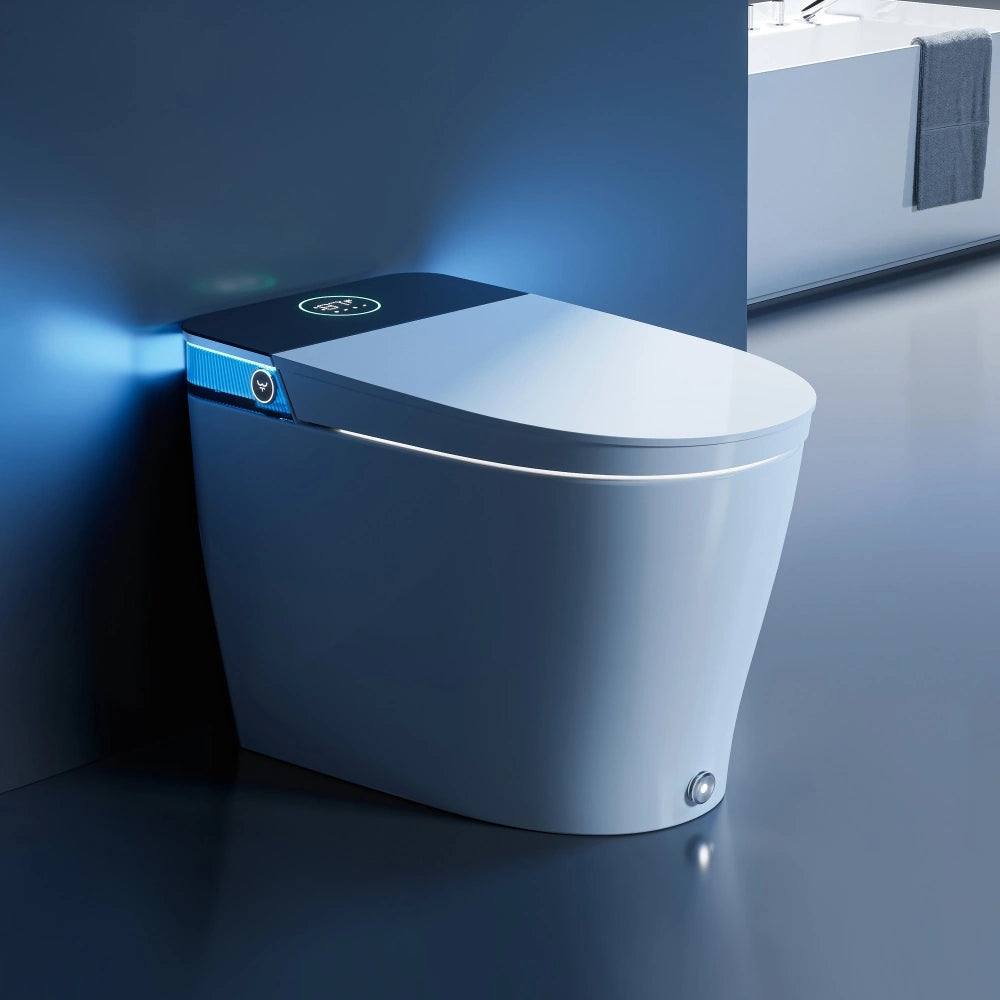
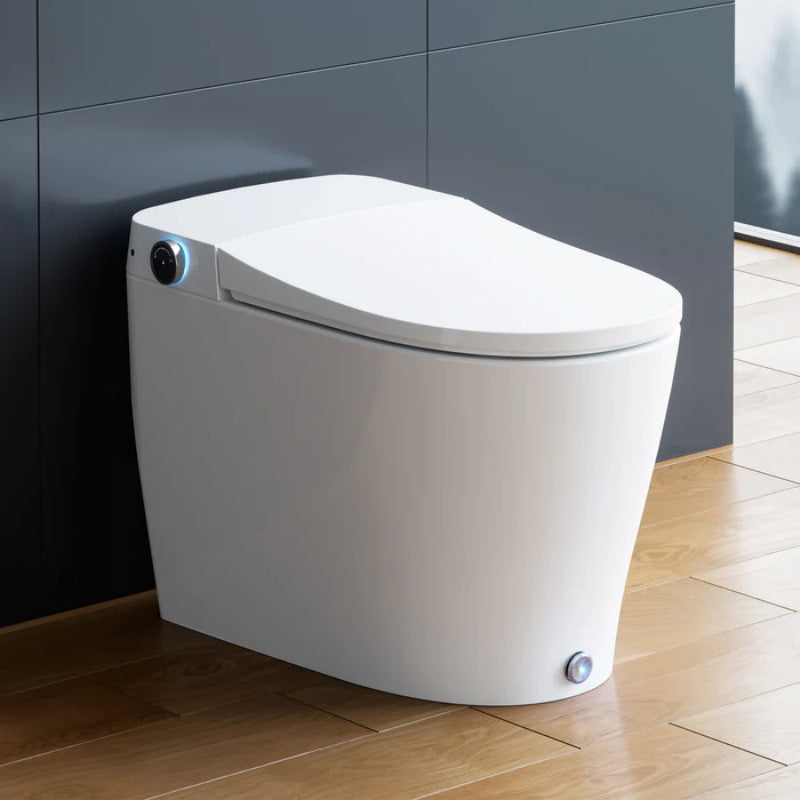
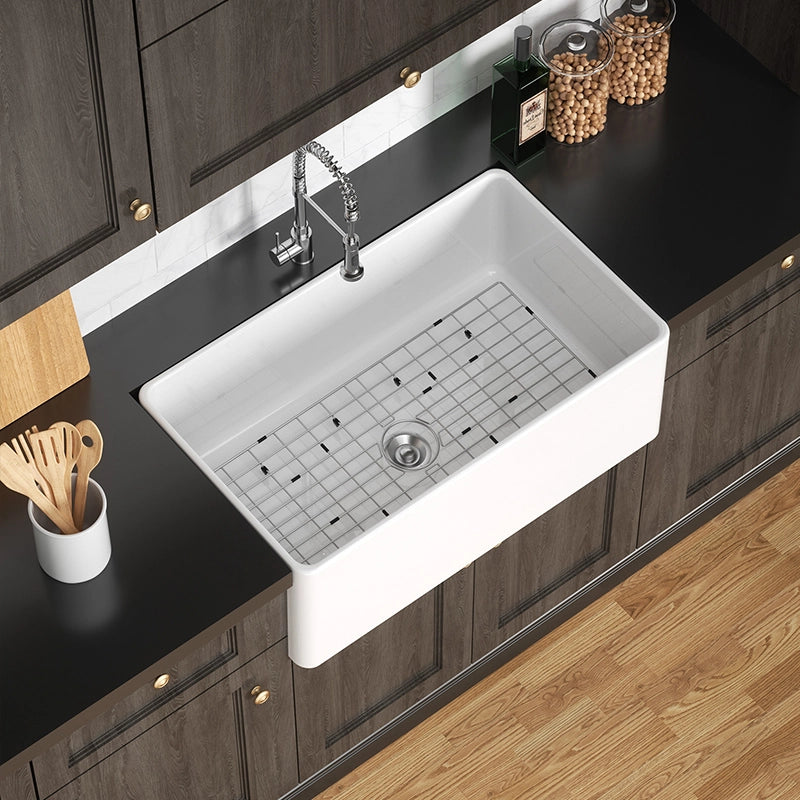
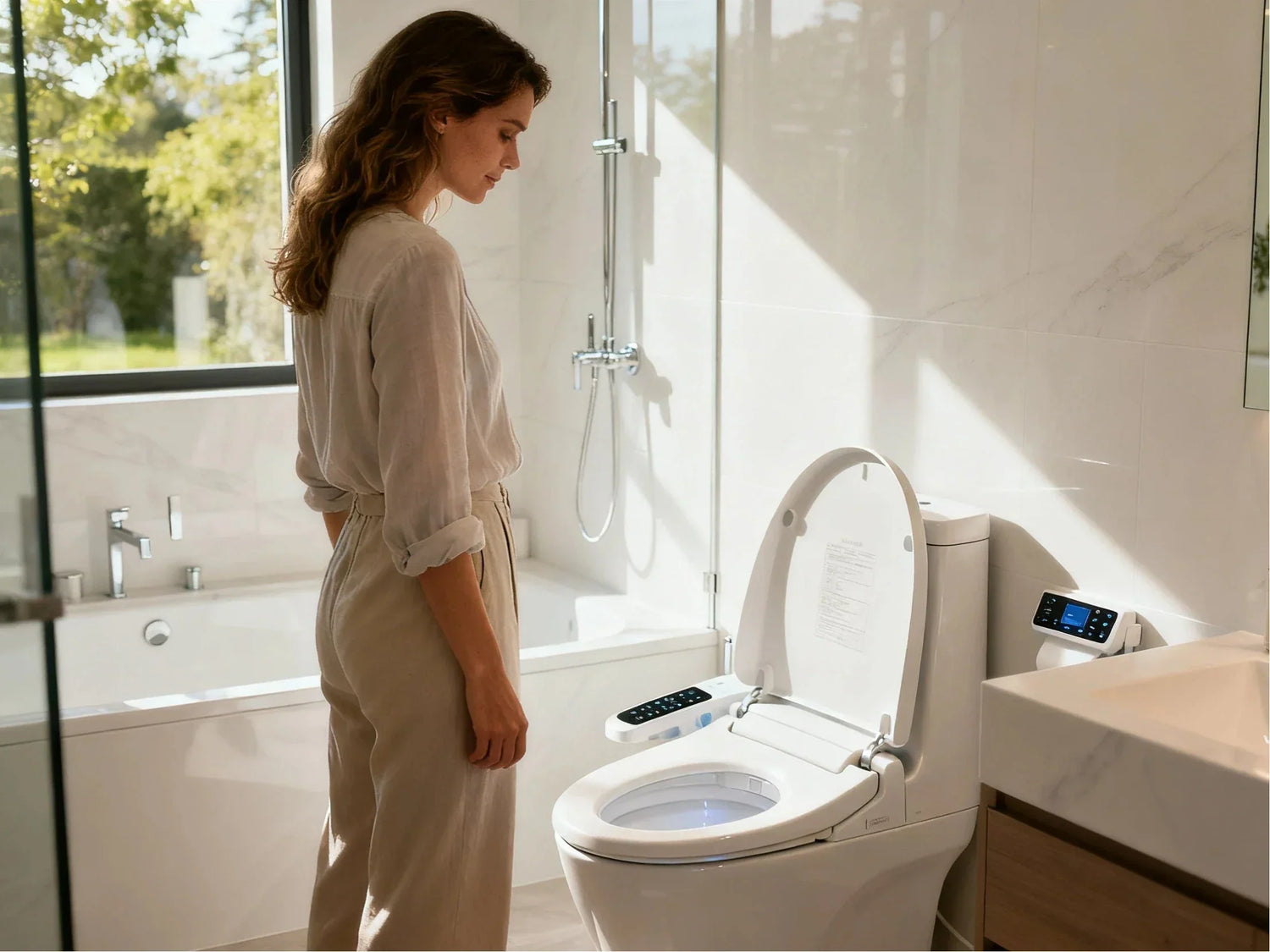

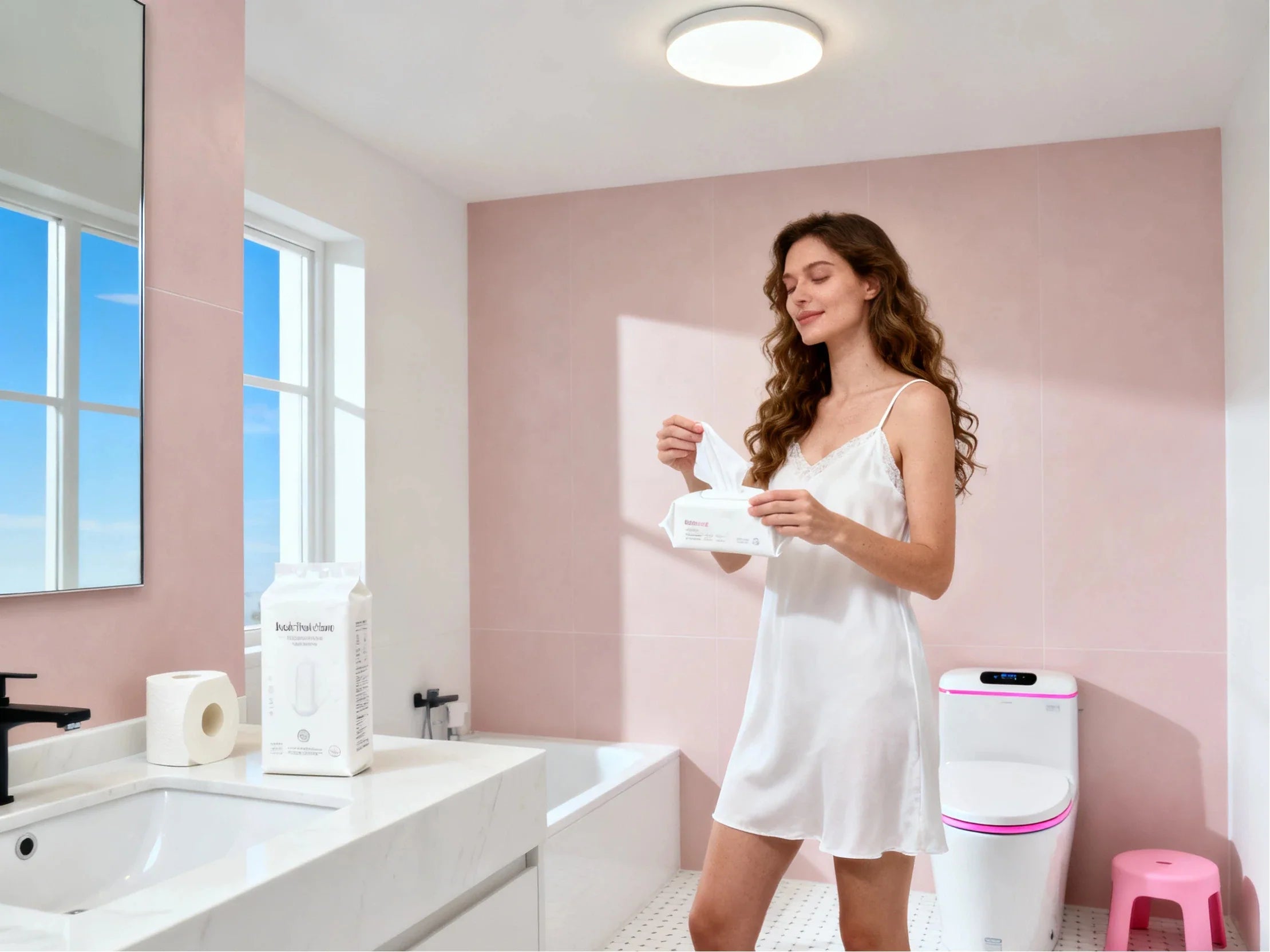

Leave a comment
This site is protected by hCaptcha and the hCaptcha Privacy Policy and Terms of Service apply.